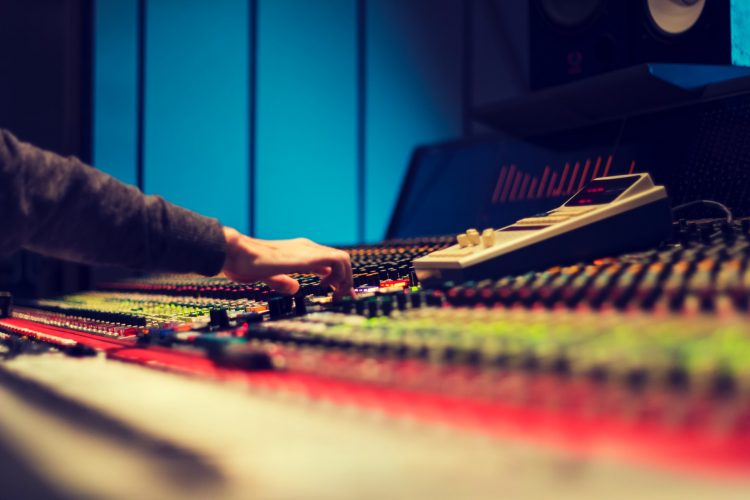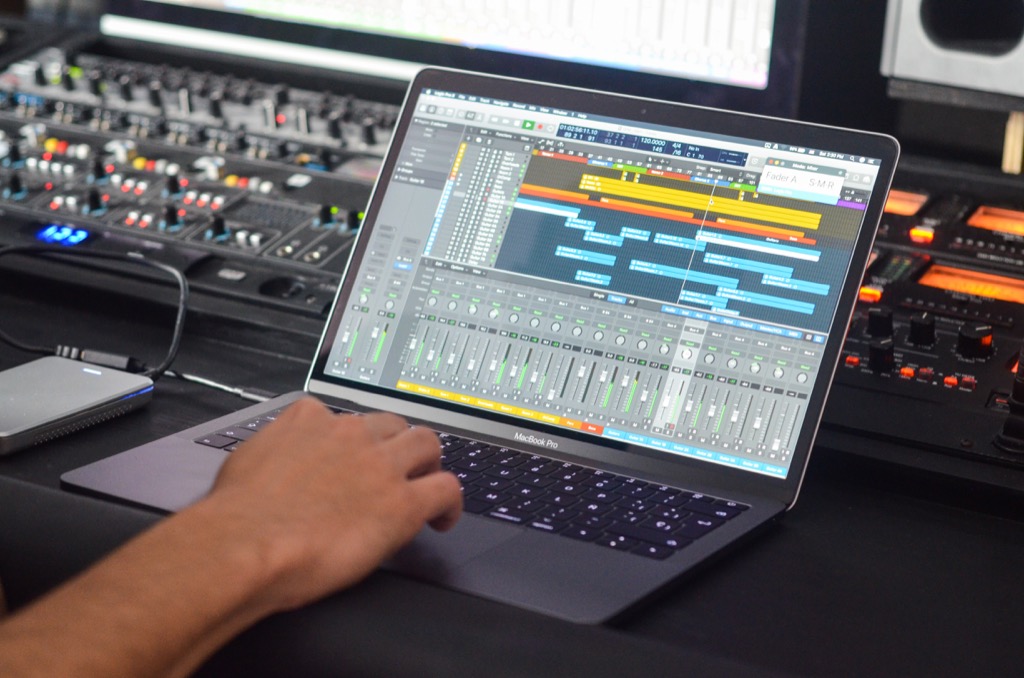The best songs in hip hop often break the rules of convention to surprise the listener and take them for a ride. But it’s also very easy to sound like sh*t and lose your audience and your credibility over a bad beat. It’s a fine line and you’ve got to know your dos and don’ts in hip hop.
In this article, we cover 3 rules that will help you keep your beats clean and interesting.
Do Take Your Time to Dig Up Banging Samples
A good sample can really make your production. We’ve witnessed that time and again in hip hop history. Always keep your ears open for vintage music, old tv commercials, and radio recordings. When something’s playing, you need to think samples. It’s getting increasingly difficult to find original samples, so the trick is to always be on the lookout and find samples in the most unexpected places. If you’re planning on monetizing, make sure to use copyright-cleared samples to get past content ID software.
Build a well-organized library of samples with separate folders for kicks, snares, 808s, one-shots, and sound effects, so you can cough up the right sample during a session without breaking the flow or wasting time. Make sure to combine acoustic and digital sounds to add warmth and meat to your production.
Don’t Overuse Quantization
Your initial instinct might tell you to hit each beat exactly on tempo. But perfect timing is unnatural and exhausting to the ear. Tempo and rhythm are the base of hip hop, and you want your MC and your audience to “feel” it. I get that. But hitting the right balance between perfect tempo and a natural-sounding beat is the secret to a great production.
To achieve this balance, you should keep your kick, snare, and hi-hats (the core of your beat) perfectly quantized, and be more organic with your repeated kicks, percussions, and sound effects. Move them slightly off-grid. Having the core section of your beat perfectly synced while your secondary sounds are slightly softer will create an organic beat that will feel in perfect tempo but still pleasing to the ear.
Do Balance Your Kicks, Bass, and Hi-Hats
The kicks, bass, and hi-hats form the core of your beat. It’s important that your kicks and bass don’t interfere with one another. To avoid this interference, you should choke your bass when you kick hits. You can do this using sidechain compression, where the compression of one track is controlled by the volume level of another track. It’s best to use short kicks with strong sub bass. Otherwise, the sidechain compression will have a hard time doing a good job.
Hi-hats complete your groove. Don’t forget to keep the quantization at bay to maintain a human feel. Experiment with 16th note patterns, triplet beats, and placing your open hats in the offbeat. Keep the beat tight and simple. Always remember, someone must be able to rap to it.
I’m confident these three dos and don’ts will level up your productions. But don’t let it stop there. Hip Hop music production is a life-long school. That’s part of the fun of it.











